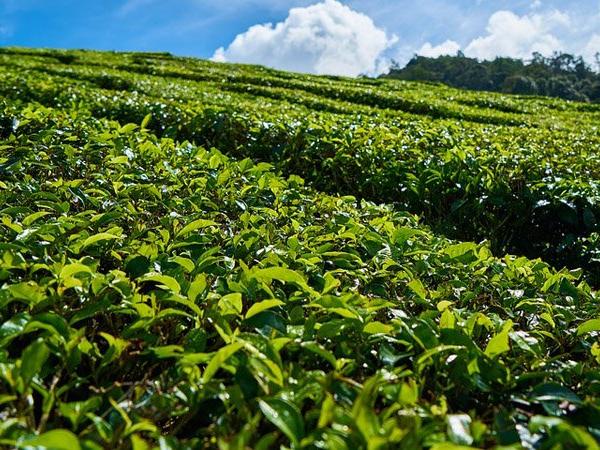 BEIJING: India made a strong pitch to expand its steadily growing market for black tea in China by organizing a tea promotion campaign that officials say would help in scaling up the tea trade between the two countries.
BEIJING: India made a strong pitch to expand its steadily growing market for black tea in China by organizing a tea promotion campaign that officials say would help in scaling up the tea trade between the two countries.
People in China, where tea originated, mainly consumes green teas without milk unlike black Indian tea.
The Indian Embassy here in association with the Tea Board of India and China Tea Marketing Association held the Indian tea promotion event here from October 23-25.
During the event, top tea buyers and sellers from both the countries met and interacted over the prospects of scaling up tea trade between the two countries.
Anil Kumar Ray, Deputy Chairman of the Tea Board of India, the leading Indian tea delegation, told the media on Tuesday that India last year exported about nine million tonnes of tea which constituted about 30 per cent of China’s imports.
The Indian delegation comprising of top tea business houses visited China to explore the Chinese market and to expand the export base, he said.
Addressing a seminar attended by tea exporters and importers from both the countries here on Tuesday, Indian Ambassador to China, Gautam Bambawale said the tea trade between India and China goes back in history.
The ancient Tea-Horse trade route connected Yunnan Province in China to the tea-growing regions of India in West Bengal and Assam, he said.
Today, China is major producer of green tea with annual production of 2,550 million kilograms. India is a major producer of black tea with annual production of 1,278 million kilograms, he said.
India is the third largest tea exporter to China, he said.
Last year, India exported tea worth USD 25 million to China. The graph is headed upwards as Chinese people begin liking different kinds of tea, he said.
With awareness about the medicinal value of the tea, the popularity is growing among the youth of both the countries.
There are many reports which suggest that China’s young people like black tea and black tea-based beverages, he said.
“Similarly, in India, people are now beginning to like green tea and herbal tea. It is for this reason that we believe that the possibility of exporting Indian tea to China is rising. That is why we are organizing this tea promotion event today,” he said.
The Indian delegation has introduced five different type of teas from India at the event.
Ray said India has different varieties of teas, including the Darjeeling and Sikkim tea.
“China is a very traditional tea drinking nation… they have a very long history of drinking tea expanding to thousands of years,” he said, adding that “our teas are new but our varieties are more”.
Similarly, exports of Chinese green tea varieties to India were also growing.
He said India last year has exported 251 million kilograms of tea. This included Russia (50 million kilograms).
Other countries of Indian exports included Iran, the UAE, the UK, Pakistan, the USA and Egypt.
China makes about 2500 million kilograms of tea, he said.
The Chinese tea business representative reacted positively to India’s pitch for tea exports to China.
Qin Ling, a representative from the Beijing Tea Chamber, told state-run Global Times on Thursday that “Indian tea producers and exporters are using the European Union product standards. Some Chinese companies’ products don’t meet those standards.”
Wang Qing, chairman of the China Tea Marketing Association, said that India and China have different categories of tea, and standards don’t pose a major problem for Chinese tea exports.
“The issue is not the standard, China and India have different product structures. China mainly produces strip tea and India mainly produces broken black tea,” Wang said.
Bern Tsang, the business development consultant of Premier’s Tea Limited, whose office is based in Hong Kong, said that he is very optimistic about the Chinese market.
“Chinese young people are delighted to try new things. As you see, coffee has made it big in China, and mixology tea beverages are emerging too,” he said.
“Indian black tea is the main material to make mixology tea beverages,” he told the paper.
Zhao Gancheng, director of the South Asia Studies Department at the Shanghai Institute for International Studies, said that India is currently showing the trend of trying to crack the Chinese market.
“India sees the US-China trade war as an opportunity of expanding the Chinese market, increasing the exporting of agricultural products to China. India is hoping to reduce its trade deficit with China, which has long been large,” Zhao said.
If India takes this opportunity to establish interconnection and further expand trade with China, it is definitely a win-win situation for both sides, Zhao added. PTI






